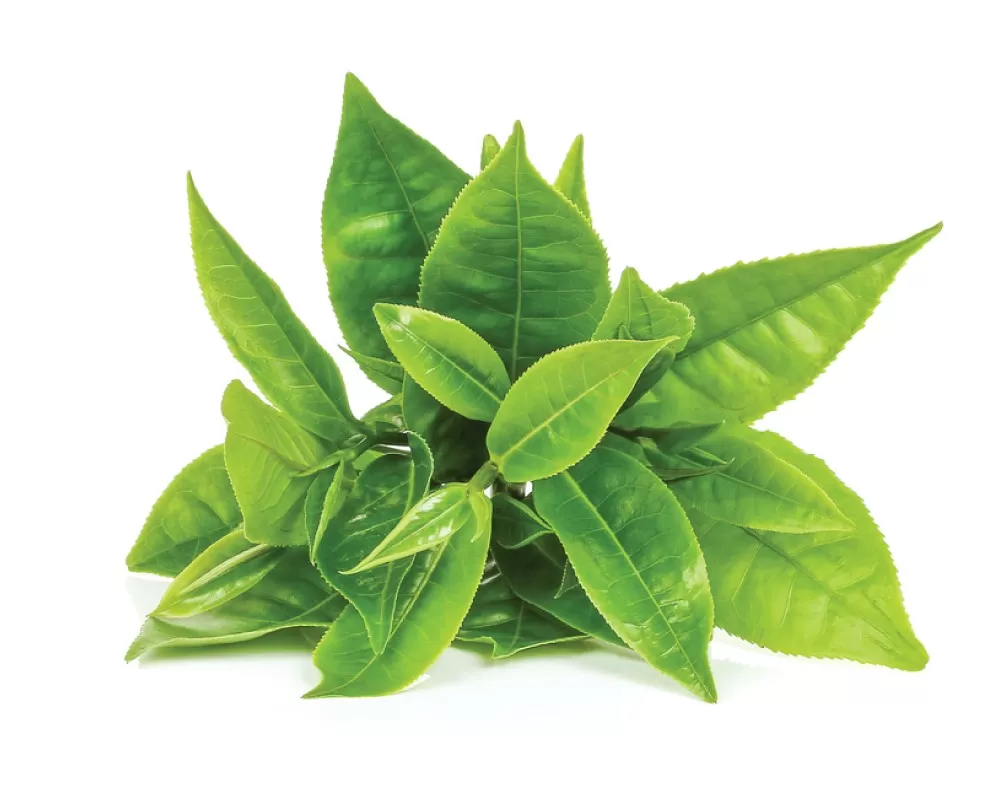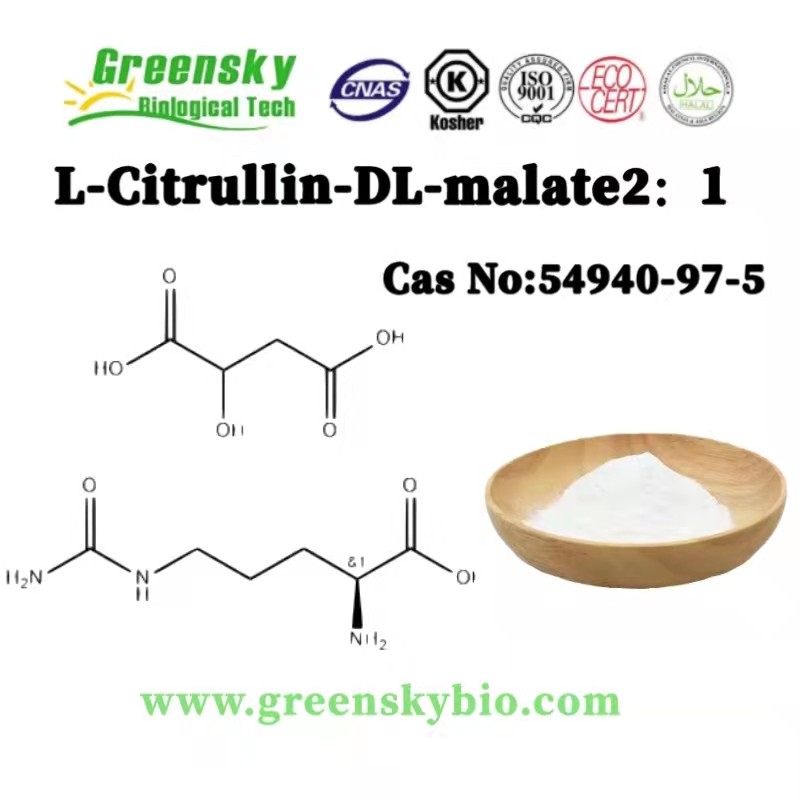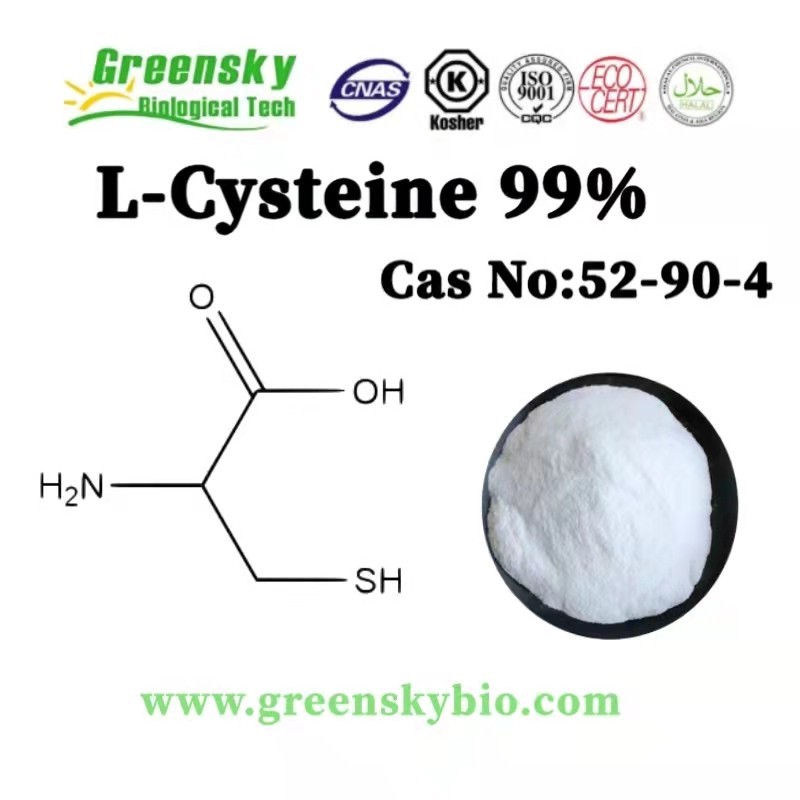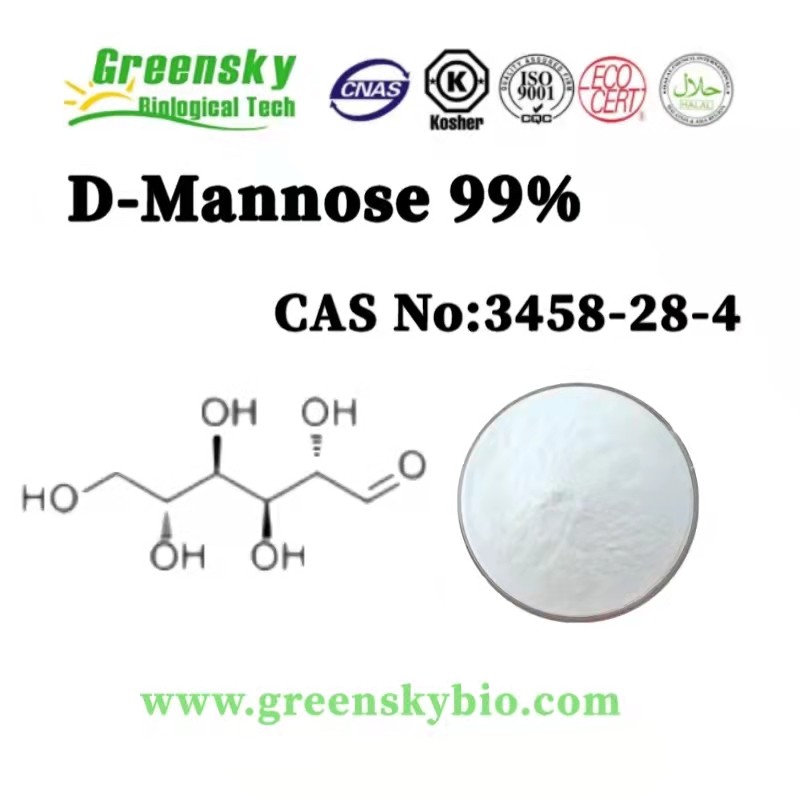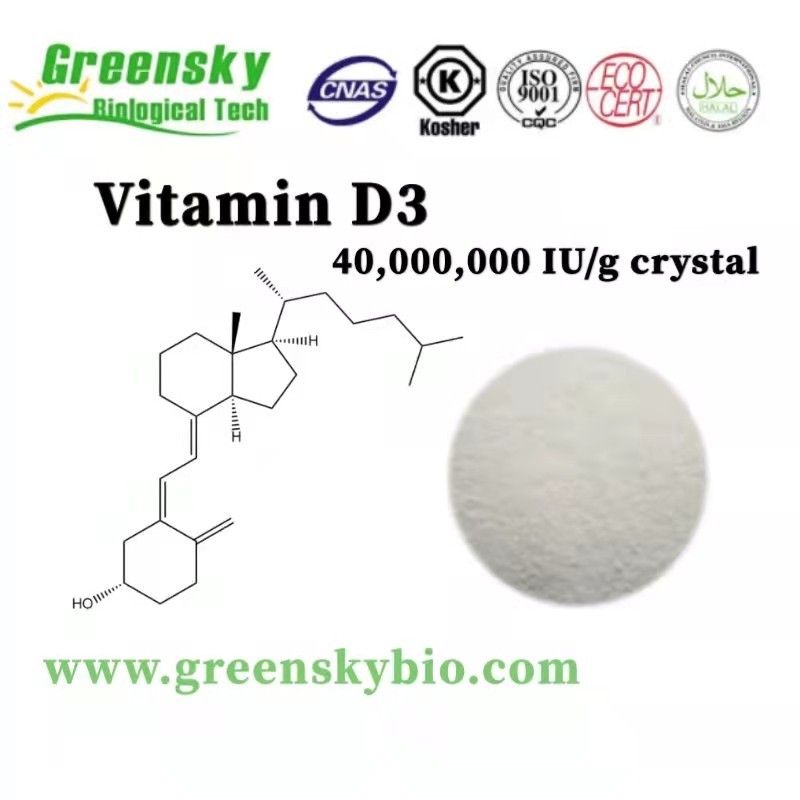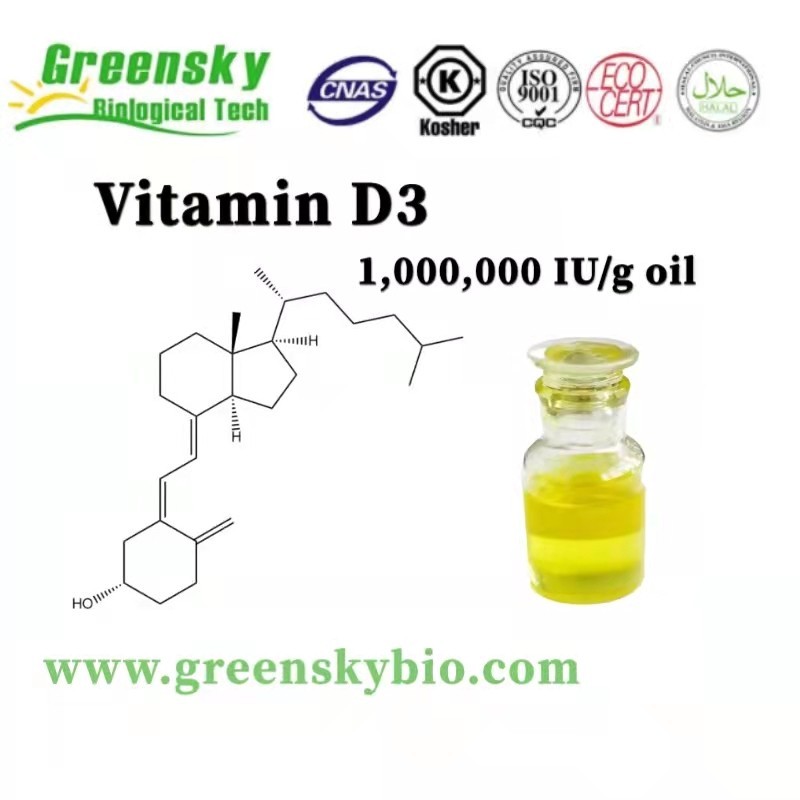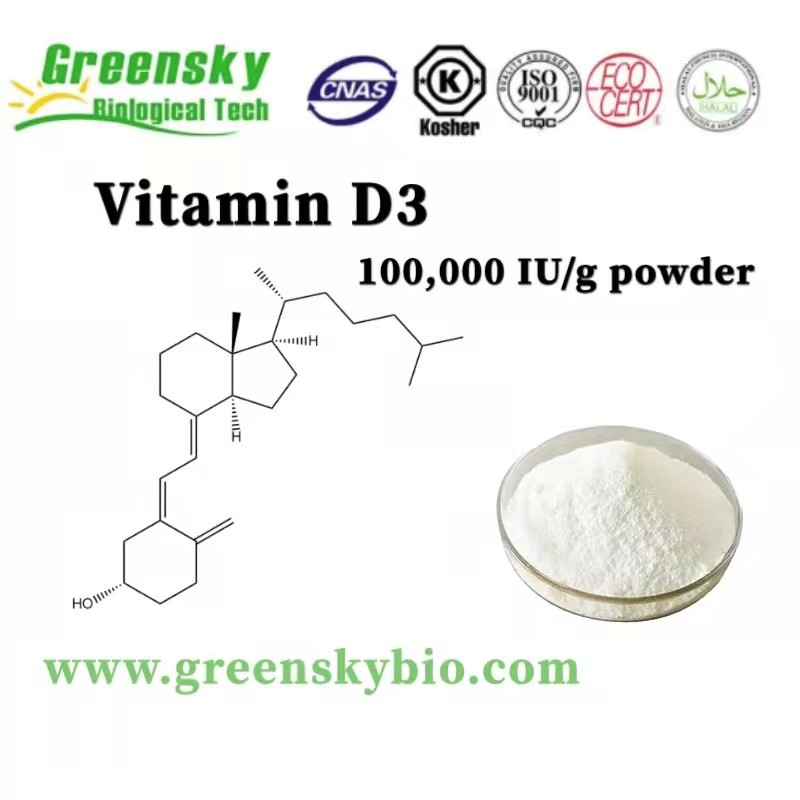- 0086-571-85302990
- sales@greenskybio.com
How to Conserve a Plant Extract: A Comprehensive Guide
2025-03-17
Plant extracts are bioactive compounds derived from various parts of plants, such as leaves, stems, roots, flowers, and seeds. They are widely used in several industries, including pharmaceuticals, cosmetics, food, and herbal medicine, owing to their natural origin and therapeutic value. However, improper conservation and storage can compromise the quality, efficacy, and safety of these extracts. Therefore, understanding how to conserve plant extracts is critical for maintaining their stability and ensuring they remain effective over time.
In this article, we will explore the scientific principles and practical steps involved in conserving plant extracts. We'll cover techniques for preventing degradation, key factors that influence extract stability, and considerations for storage conditions. Whether you are a researcher, a technician, or a business professional working with plant extracts, this guide will equip you with the knowledge to preserve these valuable substances effectively.
Factors That Influence Plant Extract Stability
Before delving into specific conservation methods, it is important to understand the factors that affect the stability of plant extracts. These factors can trigger chemical reactions or microbial growth that degrade the extract.
a. Chemical Composition
Plant extracts contain a mixture of active compounds, such as alkaloids, flavonoids, terpenes, phenolic acids, and essential oils. The composition of these extracts influences their stability. For instance, volatile compounds in essential oils are highly susceptible to evaporation and oxidation, while phenolic acids may degrade in the presence of light or heat. Understanding the chemical profile helps in identifying the conservation needs of the extract.
b. Light Exposure
Ultraviolet radiation from sunlight can break down sensitive compounds in plant extracts, such as antioxidants and certain vitamins. Prolonged exposure to light accelerates photodegradation, leading to reduced potency and altered chemical composition.
c. Temperature
Extreme temperatures can negatively impact the stability of plant extracts. Heat enhances chemical reactions like oxidation, while cold temperatures may cause certain compounds to crystallize or precipitate. Maintaining an optimal temperature during storage is therefore crucial.
d. Oxygen and Humidity
Exposure to oxygen can lead to oxidative degradation of plant extracts, particularly those rich in unsaturated compounds. Similarly, high humidity levels can promote microbial growth, contamination, and hydrolysis reactions. Prevention of oxygen and moisture infiltration is vital for long-term conservation.
e. pH Levels
The pH of an extract influences the stability of its components. Acidic or highly alkaline conditions can trigger the breakdown of bioactive compounds, making pH control and monitoring essential during storage.
f. Microbial Contamination
Plant extracts are vulnerable to spoilage due to microbial growth. Bacteria, yeasts, and molds can proliferate in extracts, especially those with high moisture content or inadequate sterilization processes.
Techniques for Conserving Plant Extracts
Conservation of plant extracts involves preserving their physical and chemical properties while preventing degradation or contamination. Below are the most effective techniques for conserving plant extracts.
a. Stabilization of the Extract
Stabilization refers to the process of enhancing the chemical resilience of plant extracts to prevent unwanted reactions. This is commonly achieved through the use of stabilizers, antioxidants, and chelating agents.
Antioxidants such as vitamin E, ascorbic acid, or Rosemary extract reduce oxidative degradation. Chelating agents like EDTA (ethylene diamine tetraacetic acid) are used to bind free metal ions that catalyze oxidation or hydrolysis. Preservatives, such as benzoic acid or parabens, are employed to inhibit microbial growth and extend shelf life.
b. Proper Extraction Technique
The method of extraction plays a pivotal role in conserving plant extracts. Techniques like steam distillation, solvent extraction, and cold pressing can influence the chemical activity and stability of the final product. Choosing an appropriate extraction technique, based on the nature of active components, helps to retain their therapeutic value.
c. Drying and Powdering
Drying and powdering the plant extract significantly enhance its shelf life. Moisture is one of the main contributors to microbial growth and hydrolysis. Common drying methods include freeze-drying (lyophilization), air drying, and spray drying. Freeze-drying is particularly effective as it preserves heat-sensitive compounds by sublimating water at low temperatures.
Plant extracts in powdered form are less prone to degradation and easier to store compared to liquid formulations. The powdered extract should be packed in moisture-resistant, airtight containers.
d. Encapsulation and Microencapsulation
Encapsulation involves trapping plant extract components within a protective shell or matrix, such as polymers, lipids, or polysaccharides, to shield them from adverse environmental conditions. Microencapsulation creates tiny capsules that further enhance the stability and controlled release of active compounds. Techniques like spray-drying, coacervation, and emulsification are widely employed for microencapsulation.
e. Refrigeration or Cold Storage
For liquid and perishable plant extracts, refrigeration is an essential conservation method. Storing extracts in temperatures ranging from 4°C to 8°C helps slow down chemical degradation and microbial growth. Specialized cold storage solutions, like deep freezers, are recommended for extracts that require temperatures below -20°C.
f. Vacuum and Inert Atmosphere Storage
Replacing oxygen in storage containers with inert gases, such as nitrogen or argon, prevents oxidative reactions. Vacuum-sealing liquid extracts can also eliminate air exposure, ensuring the stability of volatile compounds and essential oils.
g. Sterilization and Filtration
Sterilization ensures that plant extracts are free from microbial contaminants. Techniques such as autoclaving, ultraviolet sterilization, or filtration through a 0.22-micron filter can be applied, depending on the extract type. Filtration is especially useful for liquid extracts prone to microbial growth.
h. Packaging Materials
Using high-quality packaging materials is a critical factor in extract conservation. Airtight glass containers, aluminum foil-lined bags, and UV-resistant bottles are preferred. Transparent materials should be avoided when dealing with light-sensitive compounds.
Optimal Storage Practices for Plant Extracts
Once conserved, plant extracts require specific storage conditions to maintain their quality and effectiveness. Adhering to the following practices can significantly prolong shelf life and prevent deterioration:
a. Avoid Direct Sunlight – Store plant extracts in dark places to minimize exposure to UV radiation. Use amber or opaque glass bottles for liquid extracts, as they block harmful sunlight.
b. Monitor Temperature and Humidity – Temperature and humidity should be carefully controlled in storage areas. Electronic monitoring devices can be installed to ensure optimal conditions.
c. Labeling and Records – Clearly label all storage containers with details such as batch number, extraction date, storage conditions, and expiration date. Proper records ensure traceability.
d. Rotate Stock – Periodically checking stored extracts and using older batches first ensures freshness and reduces wastage.
Considerations for Different Types of Plant Extracts
Different types of plant extracts require unique conservation approaches:
a. Essential Oils – Essential oils are highly volatile and prone to oxidation. Store them in amber glass bottles with airtight caps, away from sunlight and heat. Refrigeration can be used for certain oils.
b. Herbal Tinctures – Tinctures, made by dissolving plant compounds in alcohol or glycerin, are relatively stable but require cool, dark storage conditions. Ensure the container is sealed tightly to prevent alcohol evaporation.
c. Aqueous Extracts – Water-based extracts are susceptible to microbial growth and degradation. Add preservatives and store under refrigeration in vacuum-sealed, sterilized containers.
Conclusion
Conserving plant extracts is an essential aspect of ensuring their efficacy, safety, and shelf life. Degradation due to light, oxygen, temperature, and microbial contaminants can compromise their therapeutic and commercial value. By applying appropriate conservation methods—stabilization, encapsulation, drying, refrigeration, and optimized packaging—you can maintain the quality of plant extracts over extended periods. Employing scientifically guided storage and conservation practices not only protects the integrity of these valuable substances but also contributes to their sustainable and effective use. Whether for pharmaceuticals, cosmetics, or food production, the careful handling and storage of plant extracts are paramount to maximizing their benefits.
-
L-Glutamine and DL-Malic Acid Salt
2025-03-17
-
L-Cysteine
2025-03-17
-
D-Mannose
2025-03-17
-
D3 40,000,000 IU
2025-03-17
-
Vitamin D3 1,000,000 IU
2025-03-17
-
Vitamin D3
2025-03-17





